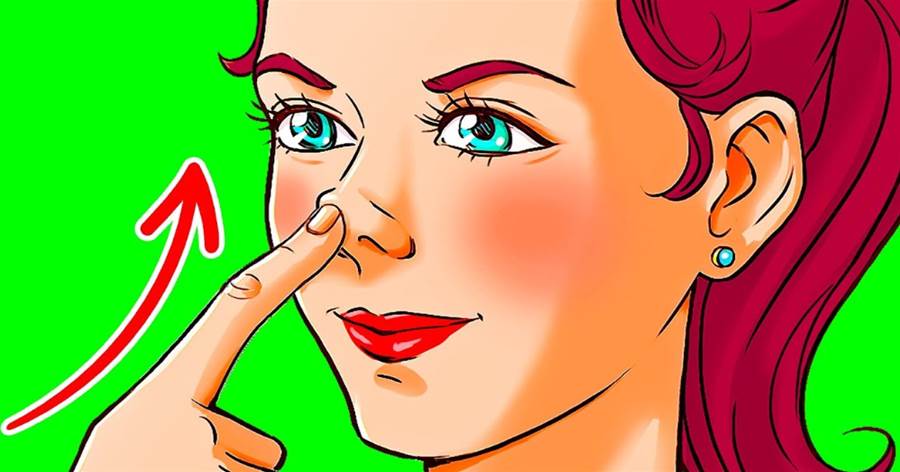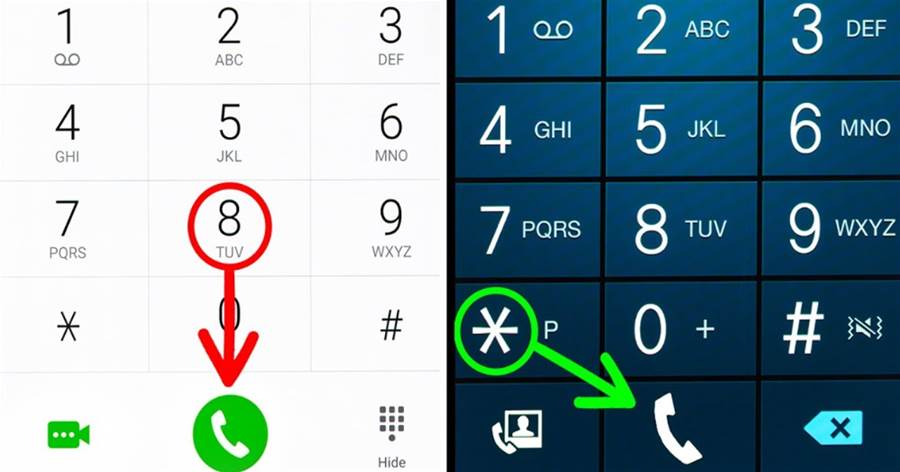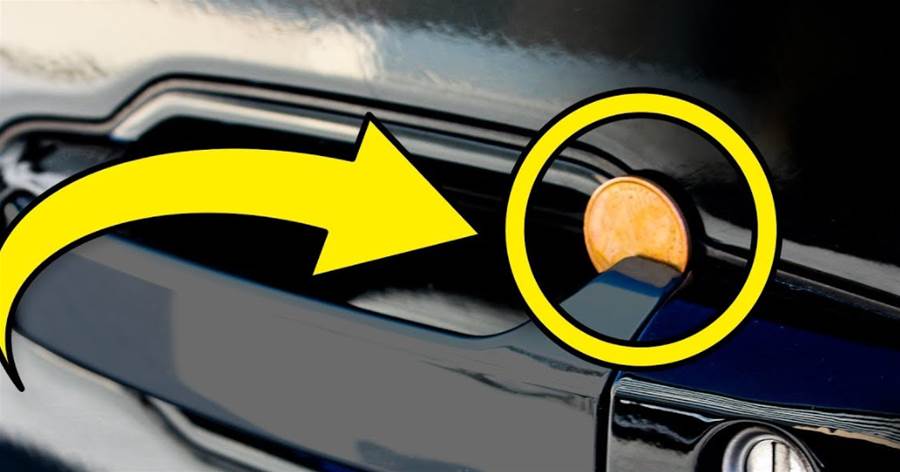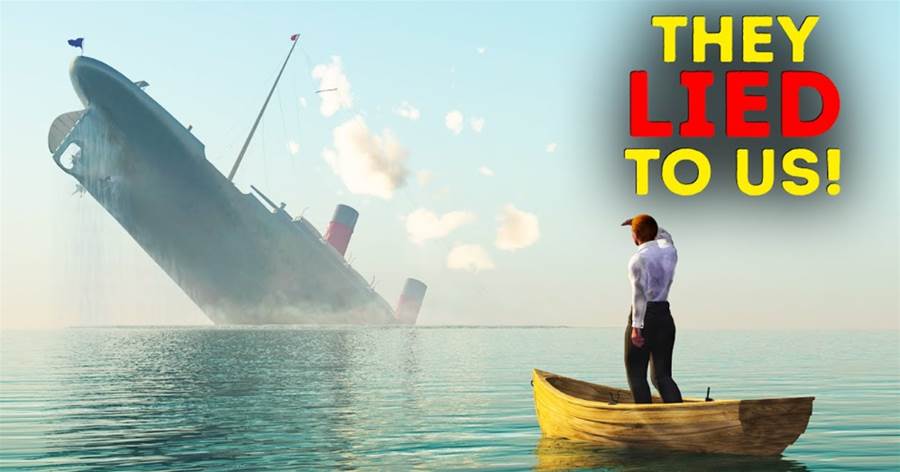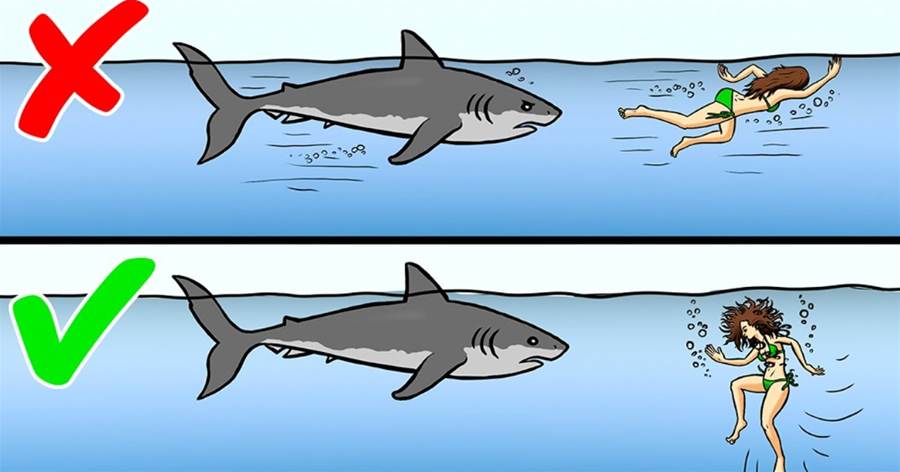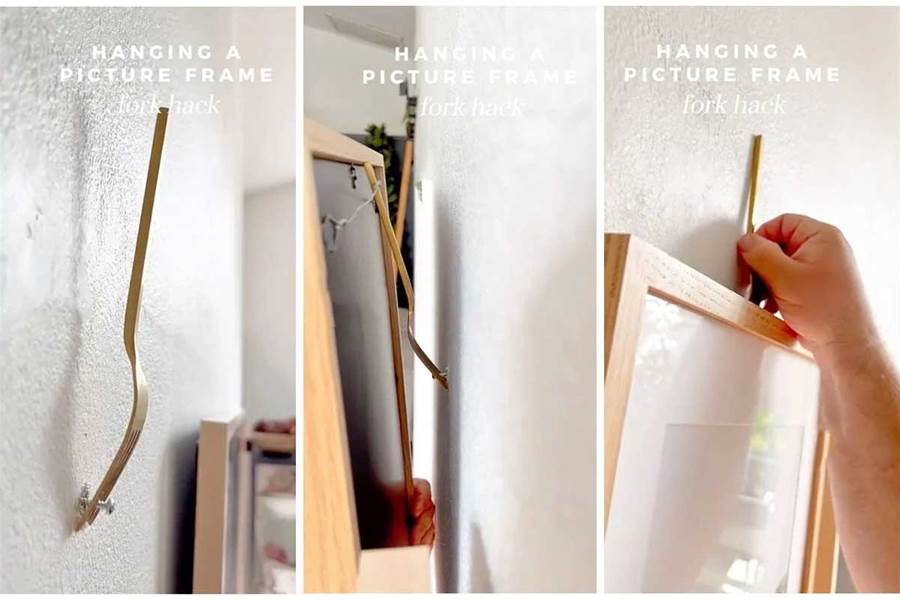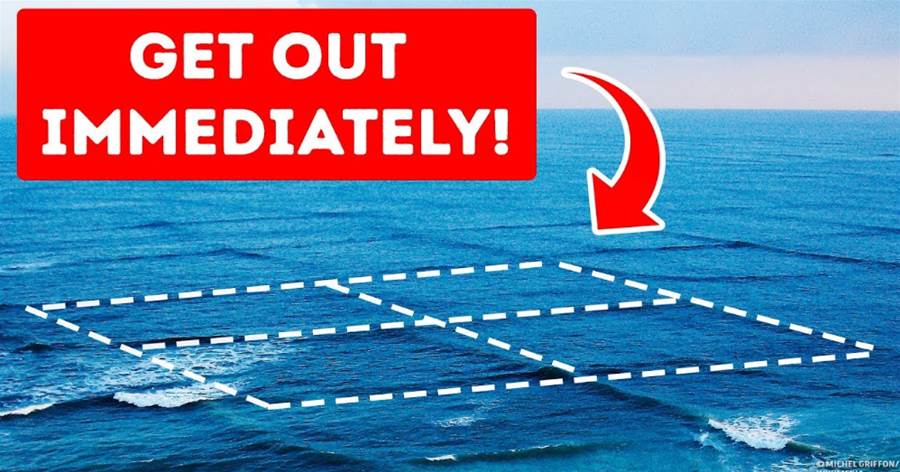
If You See Square Waves, Get Out of the Water!
Picture this: you're standing on a pristine beach, soaking in the rhythmic sound of the waves crashing against the shore. Suddenly, the ocean surface forms a mesmerizing checkerboard pattern, as though nature decided to play a game of chess. It's beautiful, yes—but also deceptively dangerous. These patterns, known as square waves or cross seas, are an unusual and potentially life-threatening phenomenon that demands your attention.
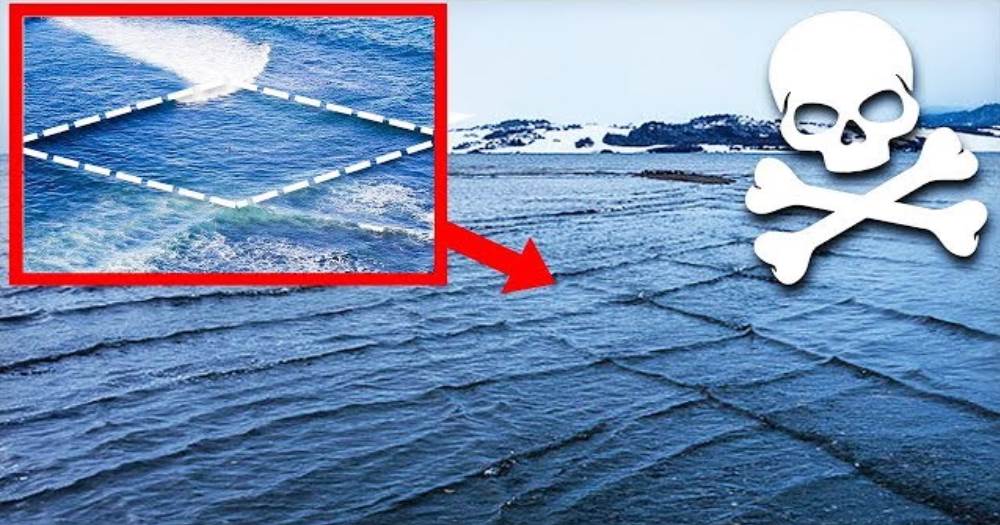
Square waves occur when two separate wave systems intersect at near-perfect right angles, creating a grid-like pattern on the water. This phenomenon is usually the result of weather systems colliding far out at sea, where their energy generates waves traveling in different directions. When these systems converge, the waves interact to form the iconic crisscross pattern.
Unlike the regular rolling waves we're familiar with, square waves are unpredictable and volatile.
While they may look like a picturesque natural phenomenon, they signify chaos beneath the surface.
Though square waves are not a daily sight, they tend to appear in certain areas around the world where environmental conditions align perfectly. One of the most famous spots to witness them is off the coast of the Île de Ré, a small island near La Rochelle, France. Here, tourists and photographers flock to view these oceanic chessboards from the safety of nearby cliffs.
However, these cross seas can appear almost anywhere when the right weather systems clash. From the Atlantic to the Pacific, no coast is entirely immune to their formation. What remains consistent is the peril they pose—no matter where you encounter them.
Beneath their captivating exterior, square waves are nothing short of a hazard. The intersecting wave systems create powerful, unpredictable currents. These conflicting forces churn the water in ways that can destabilize boats, capsize smaller vessels, and trap unsuspecting swimmers.
For those in the water, square waves are especially treacherous. The chaotic currents can pull individuals in multiple directions, making it nearly impossible to stay afloat or swim to safety. Even experienced swimmers can find themselves disoriented and exhausted in mere minutes. To make matters worse, the swells created by cross seas can climb to alarming heights, further complicating rescue efforts.
As marine experts warn, if you see square waves while in the water, your best option is to get out immediately.
If you ever find yourself caught in square waves, quick thinking can save your life. Here’s what to do:
Stay Calm: Panicking only wastes energy. Take deep breaths to steady yourself.Float: If possible, lie on your back and focus on staying buoyant while conserving energy.Avoid Swimming Against the Current: Fighting the currents is futile. Instead, swim parallel to the shore until you’re out of the cross-sea zone.Signal for Help: If you’re too far out or overwhelmed, use your hands or shout to alert others.Always remember: prevention is key. Observing the water before entering is your safest bet.
The best defense against the dangers of square waves is awareness and preparation. Here are some tips to keep in mind:
Observe the Water: From a higher vantage point, such as a pier or cliff, check for unusual wave patterns. If you notice square waves, stay out of the water.Monitor Weather Reports: Cross seas often form due to weather disturbances. Before heading out to sea or swimming, check for updates on local conditions.Follow Local Warnings: Coastal regions prone to square waves often issue warnings. Respect these advisories—they exist to protect you.Square waves are a striking example of how nature’s beauty can mask its power. Their unique patterns might tempt you to wade into the water for a closer look, but they are a stark reminder of the ocean’s unpredictability. Admire them from a distance, and educate yourself about the risks.
Have you ever encountered square waves, or are you learning about them for the first time? Share your experiences and thoughts below. Your story might just help someone else stay safe while marveling at the ocean’s wonders.
The article is not finished. Click on the next page to continue.
Next page
